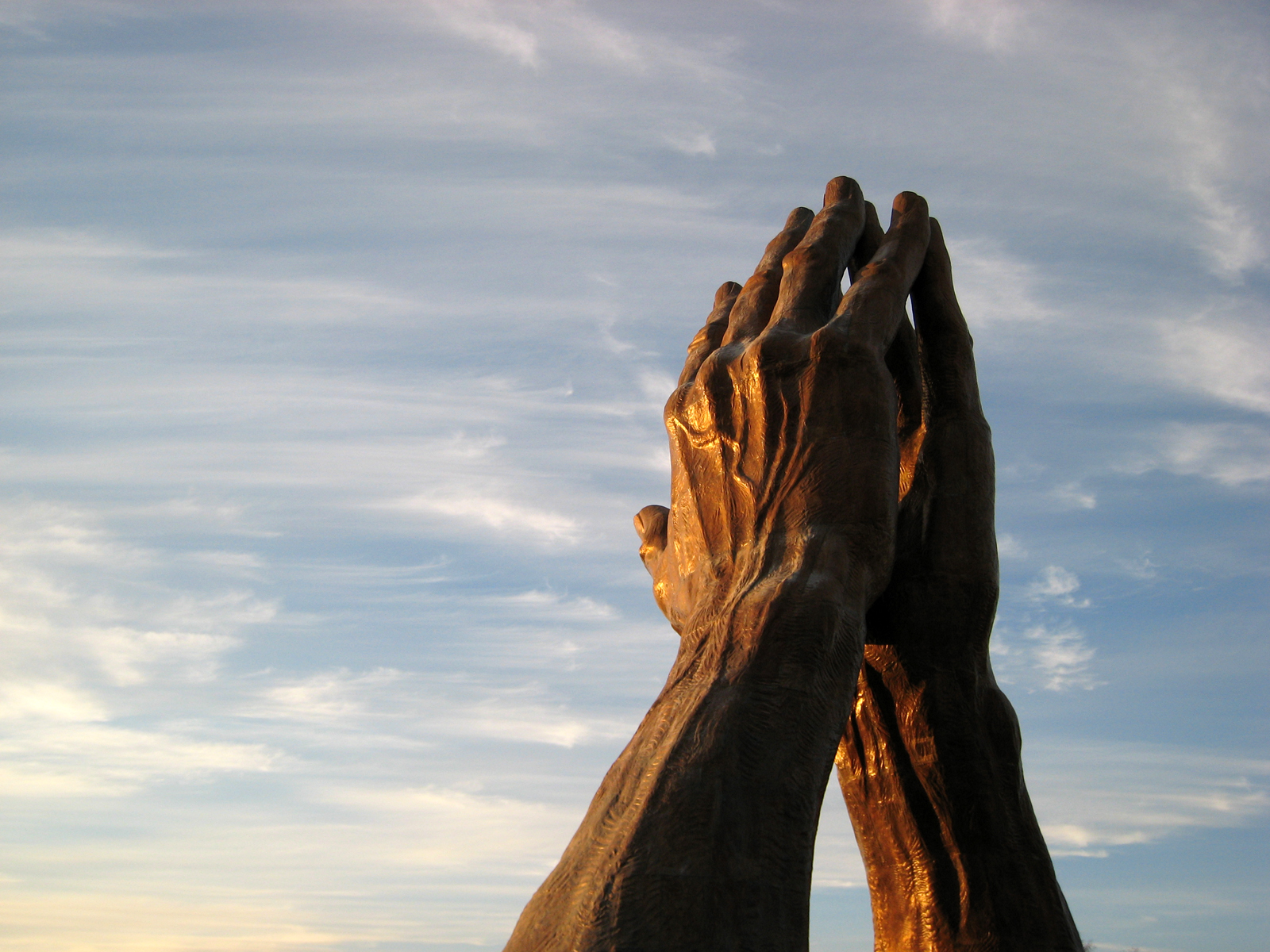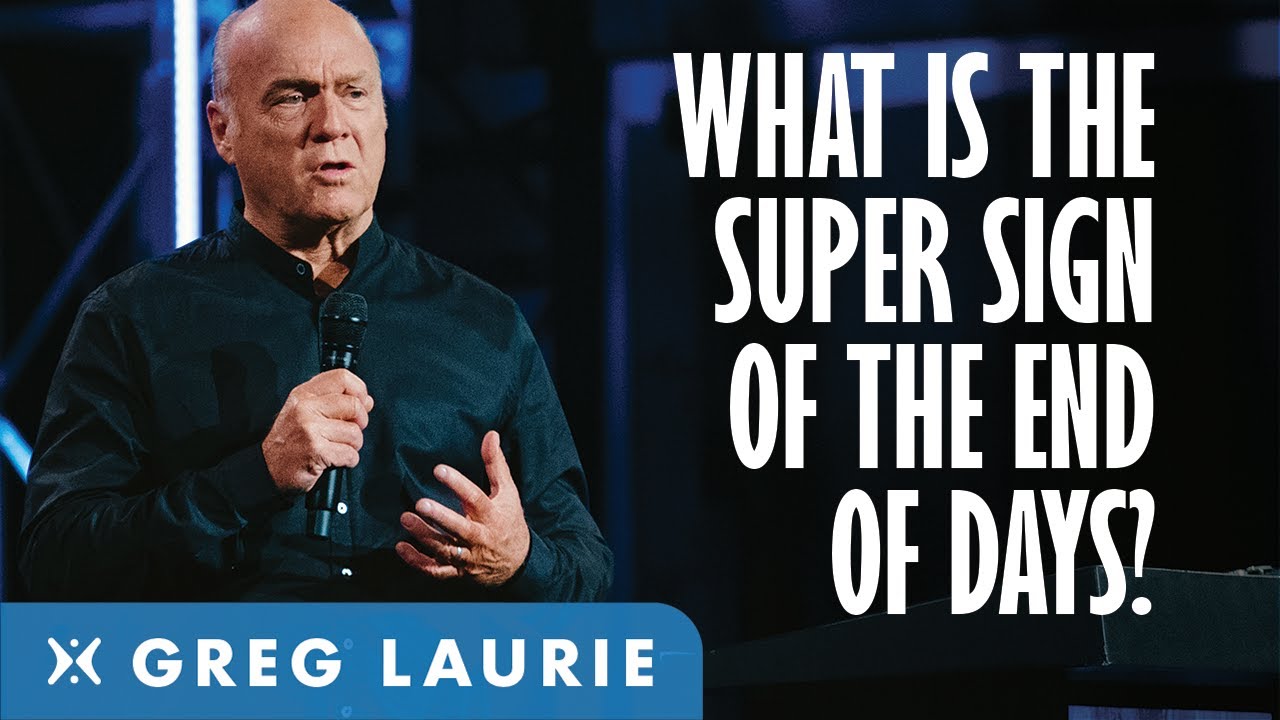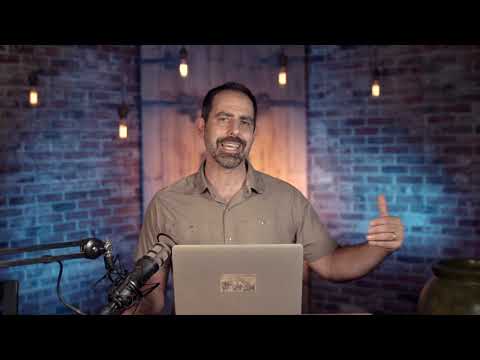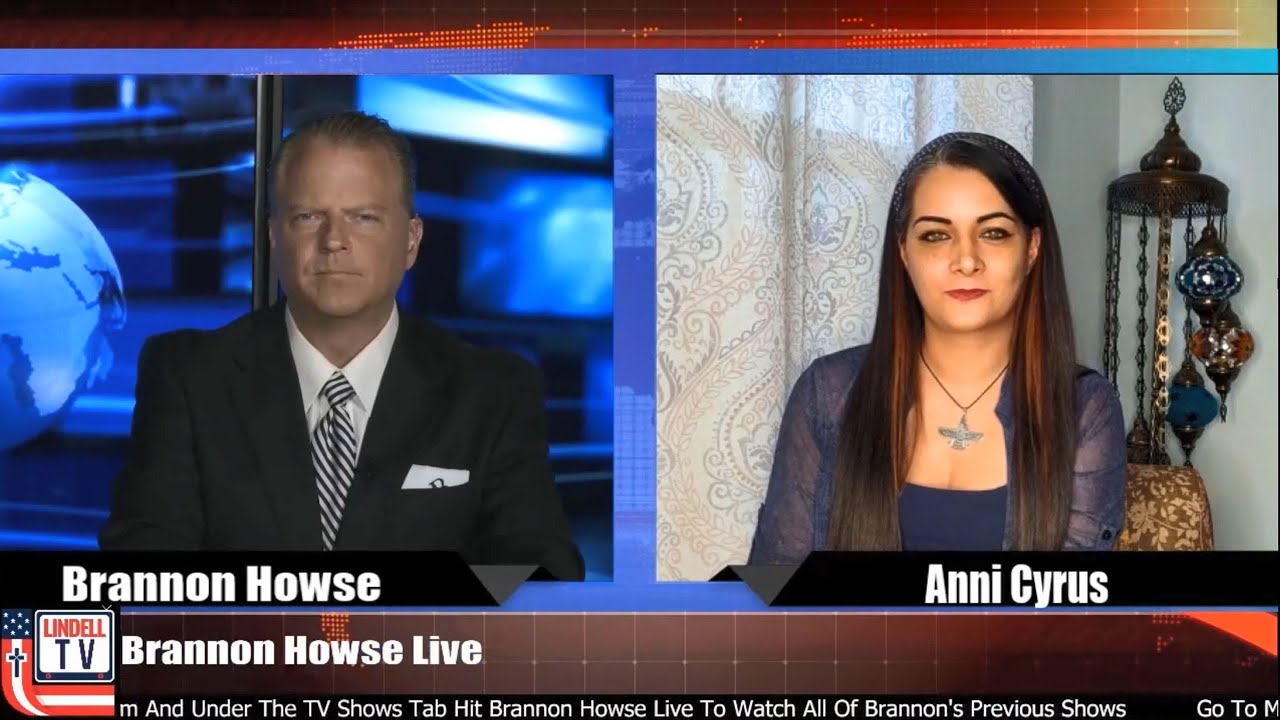FOREVER 45
https://canadafreepress.com/article/trump-administration-accomplishments
Before the China Virus invaded our shores, we built the world’s most prosperous economy
- America gained 7 million new jobs – more than three times government experts’ projections.
- Middle-Class family income increased nearly $6,000 – more than five times the gains during the entire previous administration.
- The unemployment rate reached 3.5 percent, the lowest in a half-century.
- Achieved 40 months in a row with more job openings than job-hirings.
- More Americans reported being employed than ever before – nearly 160 million.
- Jobless claims hit a nearly 50-year low.
- The number of people claiming unemployment insurance as a share of the population hit its lowest on record.
- Incomes rose in every single metro area in the United States for the first time in nearly 3 decades.
IS BECOMING A CHRISTIAN TOO EASY TO BE TRUE?
Scripture: Romans 5:17b
“All who receive God’s wonderful, gracious gift of righteousness will live in triumph over sin and death through this one man, Jesus Christ” NLT
“When he discovered a pearl of great value, he sold everything he owned and bought it” NLT
Scripture: Matthew 13:45
“Again, the Kingdom of Heaven is like a pearl merchant on the lookout for choice pearls” NLT
IS BECOMING A CHRISTIAN TOO EASY TO BE TRUE?
Copyright (c) 2021 Pastor Bill Christian Cross Ministries All Rights Reserved
Mailing Address: Christian Cross Ministries P.O. Box 406 Cambridge MN 55008, USA
The story is told of David Morse an American missionary to India who became great friends there with the pearl-diver, Rambhau. Many an evening he spent in Rambhau’s cabin reading to him from the Bible, and explaining to him God’s way of salvation.
Rambhau enjoyed listening to the Word of God, but whenever the missionary tried to get Rambhau to accept Christ as his Saviour he would shake his head and reply, “Your Christian way to heaven is too easy for me! I cannot accept it. If ever I should find admittance to heaven in that manner I would feel like a pauper there — like a beggar who has been let in out of pity. I may be proud but I want to deserve — I want to earn my place in heaven and so I am going to work for it.”
Nothing the missionary could say seemed to have any effect on Rambhau’s decision, and so many years slipped by. One evening, however, the missionary heard a knock on his door, and on going to open it he found Rambhau there.
“Come in, dear friend,” said Morse.
“No,” said the pearl-diver. “I want you to come with me to my house, Sahib, for a short time I have something to show you. Please do not say ‘No'”.
“Of course I’ll come,” replied the missionary. As they neared his house, Rambhau said: “In a week’s time I start working for my place in heaven; I am leaving for Delhi and I am going there on my knees.” “Man, you’re crazy! It’s nine hundred miles to Delhi, and the skin will break on your knees, and you will have blood-poisoning or leprosy before you get to Bombay.”
“No, I must get to Delhi,” affirmed Rambhau, “and the immortals will reward me for it! The suffering will be sweet for it will purchase heaven for me!”
“Rambhau, my friend you can’t. How can I bear you to do it when Jesus Christ has suffered and died to purchase heaven for you!”
But the old man could not be moved. “You are my dearest friend on earth, Sahib Morse. Through all these years you have stood by me in sickness, in want you have been sometimes my only friend. But even you cannot turn me from my desire to purchase eternal bliss — I must go to Delhi!” Inside the hut Morse was seated in the very chair Rambhau had specially built for him — where on so many occasions he had read to him the Bible.
Rambhau left the room to return soon with a small but heavy English strongbox. “I have had this box for years,” said he, “and I keep only one thing in it. Now I will tell you about it, Sahib Morse. I once had a son —”
“A son! Why, Rambhau, you have never before said a word about him!”
“No, Sahib, I couldn’t.” Even as he spoke the diver’s eyes were moistened.
“Now I must tell you, for soon I will leave, and who knows whether I shall ever return? My son was a diver too. He was the best pearl diver on the coasts of India. He had the swiftest dive, the keenest eye, the strongest arm, the longest breath of any man who ever sought for pearls. What joy he brought to me! Most pearls, as you know, have some defect or blemish only the expert can discern, but my boy always dreamed of finding the perfect pearl — one beyond all that was ever found. One day he found it! But even when he saw it he had been under water too long — That pearl cost him his life, for he died soon after.”
The old pearl diver bowed his head. For a moment his whole body shook, but there was no sound. “All these years,” he continued, “I have kept this pearl but now I am going, not to return, and to you, my best friend I am giving my pearl.”
The old man worked the combination on the strongbox and drew from it a carefully wrapped package. Gently opening the cotton, he picked up a mammoth pearl and placed it in the hand of the missionary. It was one of the largest pearls ever found off the coast of India, and glowed with a luster and brilliance never seen in cultured pearls. It would have brought a fabulous sum in any market.
For a moment the missionary was speechless and gazed with awe. “Rambhau!
What a pearl!”
“That pearl, Sahib, is perfect,” replied the Indian quietly. The missionary looked up quickly with a new thought: Was not this the very opportunity and occasion he had prayed for to make Rambhau understand the value of Christ’s sacrifice? So he said, designedly, “Rambhau, this is a wonderful pearl, an amazing pearl. Let me buy it. I would give you ten thousand dollars for it.”
“Sahib! What do you mean?”
“Well, I will give you fifteen thousand dollars for it, or if it takes more I will work for it.”
“Sahib,” said Rambhau, stiffening his whole body, “this pearl is beyond price. No man in all the world has money enough to pay what this pearl is worth to me. On the market a million dollars could not buy it. I will not sell it to you. You may only have it as a gift.”
“No, Rambhau, I cannot accept that. As much as I want the pearl, I cannot accept it that way. Perhaps I am proud, but that is too easy. I must pay for it, or work for it.”
The old pearl-diver was stunned. “You don’t understand at all, Sahib. Don’t you see? My only son gave his life to get this pearl, and I wouldn’t sell it for any money. Its worth is in the life-blood of my son. I cannot sell this but I can give it to you. Just accept it in token of the love I bear you.”
The missionary was choked, and for a moment could not speak. Then he gripped the hand of the old man. “Rambhau,” he said in a low voice, “don’t you see?
My words are just what you have been saying to God all the time.”
The diver looked long and searchingly at the missionary, and slowly, slowly he began to understand. “God is offering to you salvation as a free gift,” said the missionary. “It is so great and priceless that no man on earth can buy it. Millions of dollars are too little. No man on earth could earn it in a million years. No man is good enough to deserve it. It cost God the life-blood of His only Son to make the entrance for you into heaven. In a million years, in a hundred pilgrimages, you could not earn that entrance. All you can do is to accept it as a token of God’s love for you — a sinner — saved by HIS grace.
“Rambhau, of course I will accept the pearl in deep humility, praying God I may be worthy of your love. Rambhau, won’t you accept God’s great gift of heaven, too, in deep humility, knowing it cost Him the death of His Son to offer it to you?”
Great tears were now rolling down the cheeks of the old man. The veil was beginning to lift. “Sahib, I see it now. I have believed in the doctrine of Jesus for the last two years, but I could not believe that His salvation was free. Now I understand. Some things are too priceless to be bought or earned. Sahib, I will accept His salvation!”
Prayer: Father thank you for priceless salvation through Your Son Jesus which is a free gift to all who receive him. In the name of the Lord Jesus Christ. Amen!
Copyright (c) 2021 Pastor Bill Christian Cross Ministries All Rights Reserved
Mailing Address: Christian Cross Ministries P.O. Box 406 Cambridge MN 55008, USA
The Last Days of New York
https://gellerreport.com/2021/08/the-last-days-of-new-york.html/
New York Is A Cautionary Tale About The Dangers of Progressivism
By Auguste Meyrat, The Federalist: July 30, 2021
Perhaps the best argument a conservative can make when defending his political views is to simply point to the failings of any blue state. By any metric, these states generally do poorly, which has led to residents in these states migrating to red states like Texas and Florida.
Seeing that no progressive leader campaigns on the promise to limit people’s freedoms, bankrupt the government, and fail to deliver basic social services, it’s not altogether clear why this seems to constantly happen when leftists are in charge. It has something to do with progressivism, sure, but it becomes necessary to delve into details for a comprehensive explanation.
Fortunately, Seth Barron gives this explanation with his new book, The Last Days of New York: A Reporter’s True Tale. With great detail and a wry sense of humor, he charts the downward course of New York City from a world-class city that could thrive even after suffering one of the worst terrorist acts in history to a dysfunctional concrete jungle that is quickly deteriorating into a crime-infested ghost town.
The protagonist of this story is Mayor Bill de Blasio, an embodiment of mediocrity and hypocrisy. Barron notes that “Bill de Blasio was flower, fruit, and fragrance” of New York’s progressive political culture.
He is the son of two Ivy League-educated parents, both with connections to elites in media and government, as well as the Communist Party. After his father committed suicide, de Blasio eventually changed his name from Warren Wilhelm to Bill de Blasio, his mother’s maiden name. He attended Greenwich college and then Columbia, earning a graduate degree in Latin American politics, which he put to use by working for a pro-Sandinista nonprofit organization and engaging in Marxist advocacy.
In 1994, de Blasio married the black one-time lesbian activist Chirlane McCray and had his honeymoon in Castro’s Cuba. They had two children who have also become activists. As Barron reports, the couple was “aggressive about using their children as props, highlighting Chiara’s depression and substance abuse in pushing McCray’s mental-wellness initiatives and Dante’s experiences as a young black man dealing with the police.”
In his professional life, de Blasio worked on various campaigns, was a consultant for a health-care workers union, and eventually was elected to the city council. After pandering to every constituency in the city, he was elected mayor and resumed his activist platform, promoting socialism, denouncing police, defending violent criminals and terrorists, combatting illusory racism—all while letting his city fall into neglect.
De Blasio’s Ascendency
The first thing to go upon de Blasio’s ascendency to the office of mayor was law and order. Right before this, the city was the model for urban law enforcement because of the broken-windows and hotspot policing of Rudy Giuliani and the continued resilience of Mike Bloomberg, who introduced stop, question, and frisk (SQF) to crack down on illegally owned firearms.
In line with his leftist ideals, de Blasio instead declared war on the police and dismantled the protections they enjoyed under previous administrations. He determined that strategies like SFQ and broken-windows policing were racist and let them fall into disuse or actively blocked them. He then hired on race-hustler Al Sharpton as a consultant for law enforcement while alienating his police force.
Sensing a tacit endorsement with the new mayor, anti-police protesters (pre-Black Lives Matter) took action and openly assaulted police during a march on Brooklyn Bridge in 2013. A few weeks later, two policemen were murdered in cold blood by a deranged man inspired by anti-police rhetoric. Adjusting to the new reality, police started holding back in their duties. De Blasio and the city council went even further by instituting the “Right to Know Act” which, as Barron explains, “makes basic police work impossible by forcing cops to act as impromptu legal aid interpreters for the suspects they are trying to investigate.”
As he undermined his police department, de Blasio took up the cause of illegal immigrants in his city. Even though previous administrations largely protected them, they apparently did wrong by cooperating with U.S. Immigration and Customs Enforcement (ICE) to address aliens who also committed violent crimes. De Blasio ended this relationship, evidently preferring violent criminals living in his city illegally over their victims.
Barron draws a straight line between this decision and the horrific crime in which 21-year-old illegal immigrant Reeaz Khan raped and murdered 92-year-old Maria Fuertes. Predictably, de Blasio took no responsibility and blamed ICE, Donald Trump, and racism for the crime. This kind of attitude led to a series of decriminalization efforts that were meant to combat the supposed evils of xenophobia and racism, even as they effectively made New Yorkers less safe.
De Blasio paired decriminalization with bail reduction and decarceration. Barron notes these movements are nearly all based on simplistic narratives and partial truths.
For example, leftists will take a story like that of Kalief Browder, who committed suicide after serving three years in jail for stealing a backpack, who was too poor to post bail. Barron corrects this line by pointing out that Bowder did much more than steal a backpack (he assaulted and robbed a Mexican immigrant, violating his probation for stealing and crashing a bakery truck) and was thus ineligible for bail. He doesn’t give these details as proof that Browder should have suffered as he did, but to show how leftist leaders like de Blasio ignore facts that complicate their misleading narratives.
In a similarly obtuse fashion, de Blasio took on the city’s economic inequality, blithely asserting in his 2019 “state of the city” address, “Brothers and sisters, there’s plenty of money in the world. There’s plenty of money in this city. It’s just in the wrong hands.”
To rectify this, he blew out the city’s budget on paying off interest groups like the United Federation of Teachers, useless initiatives like “New York Works” and “Renewal Schools” programs, hiring more unionized city workers, and filing ridiculous lawsuits against all major oil producers. Despite this spending, the city’s businesses have fled the city, leaving its finances in a more precarious position than ever.
Moreover, as the city grew poorer and laxer with law enforcement, homelessness became a bigger problem. By now the pattern for de Blasio’s leftist “reforms” had become familiar: misjudge the problem and let it fester while spending tons of taxpayer money on useless programs. As such, to deal with the homelessness, de Blasio cited the lack of affordable housing as the culprit for homelessness and paid more than $1 billion for substandard homeless shelters and rehabilitation programs, all while refusing to address the vagrants and junkies harassing people in public parks and libraries.
In the following chapter, Barron shows how the same leftist logic played out with helping the mentally ill. De Blasio’s wife ran a series of initiatives under the banner “Thrive NYC,” emphasizing prevention, destigmatizing mental illness, and additional counseling. Predictably, the program was a bust since stigma against seeking treatment hardly exists and most people with mental illness require far more than counseling to function. As a result, thousands of mentally ill people continued to go untreated and posed a daily threat to other residents.
Meanwhile, New York’s youth continue to languish in inferior schools (that is, when lockdown don’t force them to languish at home) run by corrupt teacher unions and radical leftist district leaders, even as the city spends more than $25,000 per student each year. As usual, when called to account, those in charge blame racism and inequality.
De Blasio’s remedy was to provide universal pre-kindergarten, which ended up being funded by taxpayers across the state. His district superintendents Carmen Farina and Richard Carrazana remedied other problems by removing screening admission tests, ignoring testing data, and implementing critical race theory training for teachers.
The Cycle of Corruption
In his second to last chapter, Barron wraps up by discussing how New York City’s dysfunction originates from parasitic leftist organizations that perpetuate a cycle of corruption: “Much of the problem—unsurprisingly—lies in New York’s interlinked networks of donors, party bosses, unions, and consultants, who choose candidates, fund them, and essentially control them once they’re in office.” Barron does yeoman’s work connecting the many dots between so many groups, like the WFT, CONY, ACORN, AKPD, NWRO, and several more.
This corrupt web leaves little hope for new leadership to come clean up the mess. After all, incompetent activists and consultants are drafted into government positions, then use their authority to enrich the groups they left. They take businesses for granted because they’ve never worked for a business. They think government spending is the solution for everything because they themselves are the beneficiaries of government largess.
Even if an outsider sees de Blasio as a total failure of a mayor, there’s little reason to think that someone better will replace him. As Barron puts it, “If you are a city employee, he expanded your workforce, rewarded you with good contracts, and protected your job. If you run a political consultancy, he enriched you. If you work for an activist nonprofit organization, he supported you. If you are a hard-left activist or aspiring politician, he gave you a pivot to swing the city further left, because he didn’t.” Consequently, anyone who doesn’t do all these things and more will not win elections.
While Barron concedes that NYC is not quite a hellscape yet, it’s far from its former greatness. “All this may not amount to ‘anarchy’ in a purist’s sense of the word, but it isn’t the New York City that Bill de Blasio inherited either,” he writes. His book ends with a disturbing account of a man who aimed a crossbow at him while he was walking his dog. After discovering that the man had a long criminal history, Barron reported the incident and the police took the man in custody for a brief time before… releasing him.
Overall, The Last Days of New York is a valuable and fascinating case study on the effects of leftist leadership. Although frequently dispiriting, it upholds the analysis and predictions of those who resist the currents of leftism. It isn’t sustainable, it ushers in widespread corruption, and it’s destructive.
It’s a shame that the residents of America’s greatest city have to suffer from their poor selection of leaders. But it would be even more shameful the rest of the country fails to heed the lessons in Barron’s book and suffers the same fate as de Blasio’s New York.
Amir’s Bible Bite Devotional – Informational – Happening Now!
|
||||||||||||||||||||||||||||
|
||||||||||||||||||||||||||||
|
||||||||||||||||||||||||||||
|
|
||||||||||||||||||||||||||||
|



















